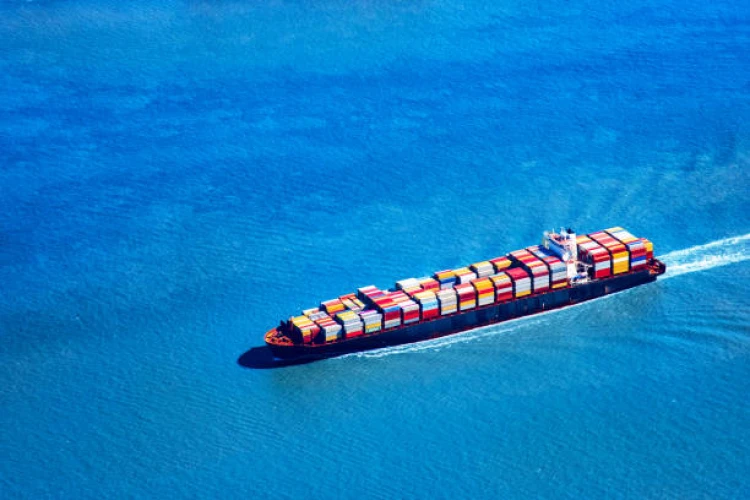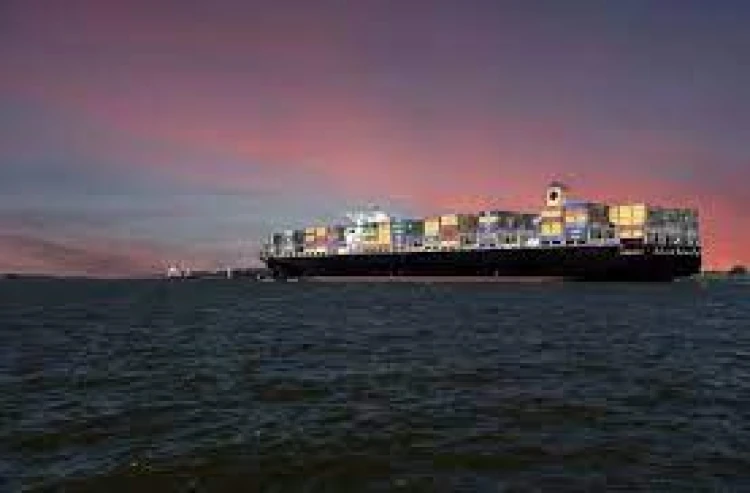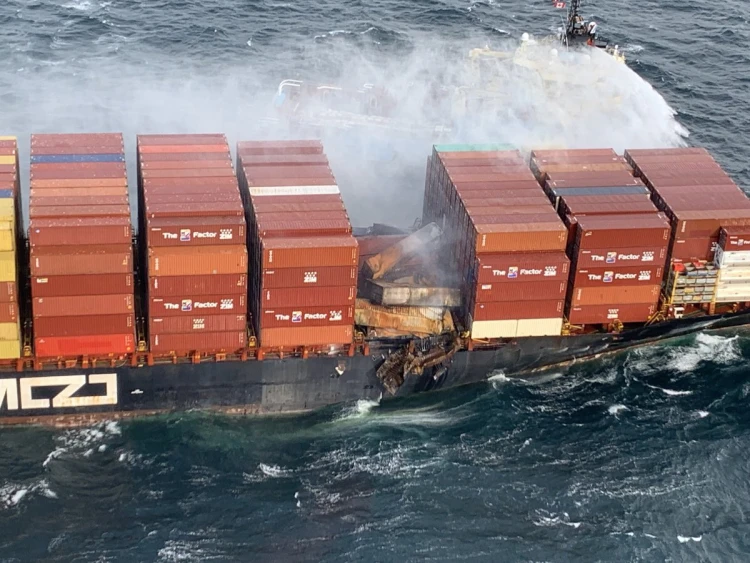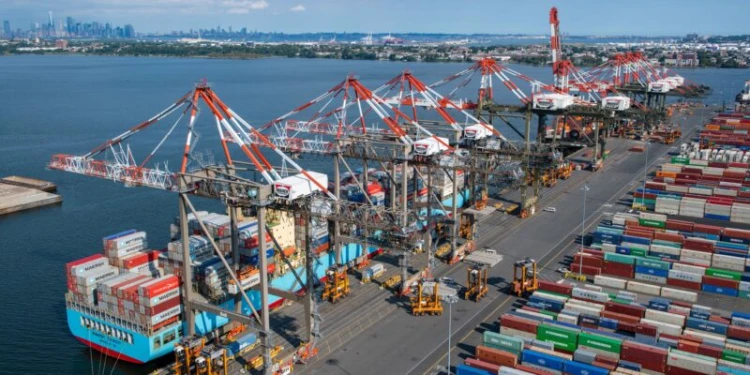The Unique Way Cargo Ships May Soon Cross The Ocean
Monday, 24 January 2022

It may — at first glance, anyway — seem far-fetched, but a French shipping company, a multinational aerospace corporation, and a French technology company are about to begin testing the use of an enormous kite to help tow a cargo ship across the Atlantic Ocean. Use of the kite is expected to significantly reduce fuel consumption as well as greenhouse gas emissions.
he kite manufacturer, Airseas, was founded by engineers who formerly worked for the aerospace firm Airbus. Vincent Bernatets, chief executive officer and co-founder of Airseas, says the group began to channel its aviation expertise to create a “cleaner and more sustainable” shipping industry 10 years ago.
MORE NEWS : The Next Shipping Crisis: A Maritime Labor Shortage
“Today, I am beyond proud to see that vision becoming reality, with our first Seawing [kite] ready to make a tangible difference for our planet. This first installation marks a significant milestone not only for Airseas but also for wind and other renewable propulsion technologies in general,” Bernatets said in a statement. “Given the urgency of the climate crisis, the world needs to see a drastic reduction in carbon emissions now. In shipping, we can achieve this by using the full set of tools we have available to us today. Wind propulsion is one of these tools and will play an essential role in helping shipping achieve its much-needed decarbonization transition.”
How The Trial Will Work
The first Seawing system has already been installed on the cargo ship the Ville de Bordeaux. The ship, which is more than 500 feet long, is operated by French shipping company Louis Dreyfus Armateurs and is chartered by Airbus SE to make monthly voyages transporting major aircraft components between France and the U.S.
The Seawing is an automatic kite based on parafoil technology, so it resembles a large parachute canopy. In addition to the 500-square-meter (or just over 5,380 square feet) kite, the Seawing solution uses a mast, trolleys, winches, and an enormous cable, along with what’s called the EcoRouting solution, which allows the ship to monitor and then act on changing weather conditions to maximize fuel savings.
The solution uses an automated flight control system so the entire operation is controlled from the ship’s deck.
Future Plans
The sea trials and testing aboard the Ville de Bordeaux are scheduled to last for 6 months. While that test involves a 500-square-meter kite, that’s just the test size.
Airseas’ full-size Seawing is twice that size. The 1,000-square-meter (10,763-square-feet) parafoil flies at a height of 300 meters (just under 1,000 feet) to further capture the wind and tow a ship. Based on modeling and preliminary testing conducted on land, Airseas estimates that the larger Seawing system will allow a ship to reduce fuel consumption and greenhouse gas emission by 20 percent on average.
It should also be noted that Airseas has received formal approval from classification society Bureau Veritas to begin operations at sea.
“This important milestone follows 3 years of close and fruitful collaboration on the development and early trials of the Seawing, supporting Airseas’ safety-first approach and validating the reliability of the system,” Laurent Leblanc, senior vice president Technical & Operations at Bureau Veritas Marine & Offshore, said. “At BV, we are dedicated to help the maritime sector navigate the challenges of the energy transition, and we fully believe that wind propulsion technology represents a key opportunity to start decarbonizing the maritime sector immediately.”
Source : https://www.travelawaits.com/2720004/giant-kites-pull-cargo-ships-cut-down-carbon/

06 January 2025
Hurricane Beryl trims cargo volumes in Houston and New Orleans

25 January 2025
Container freight rates tumble

08 February 2025

